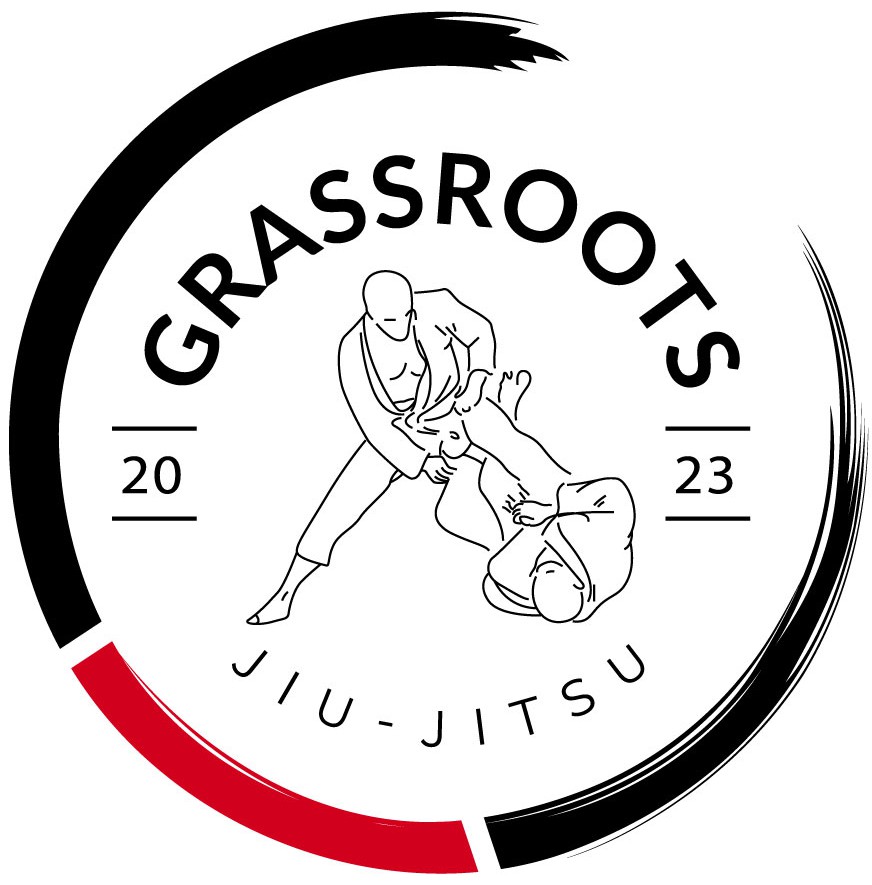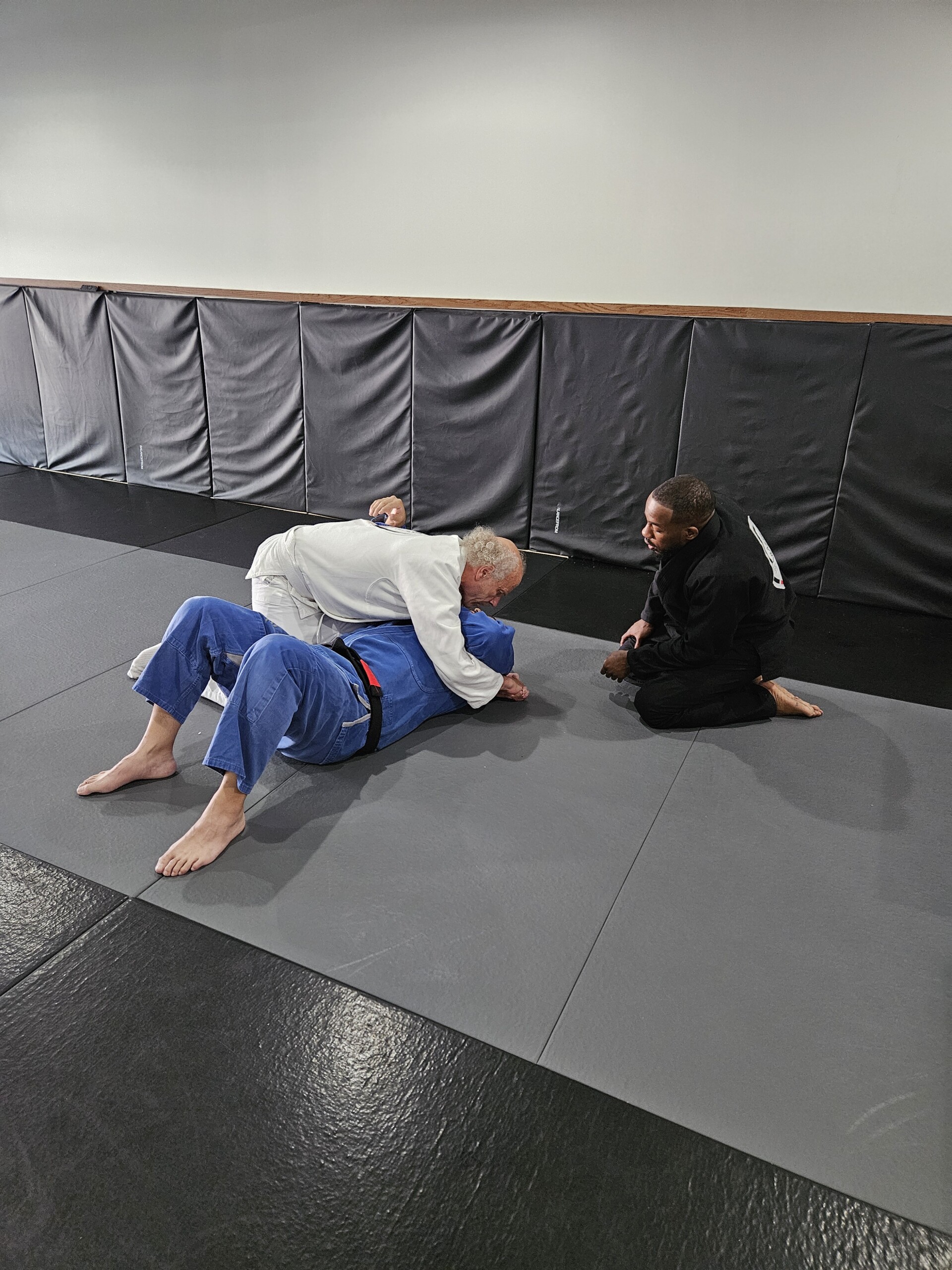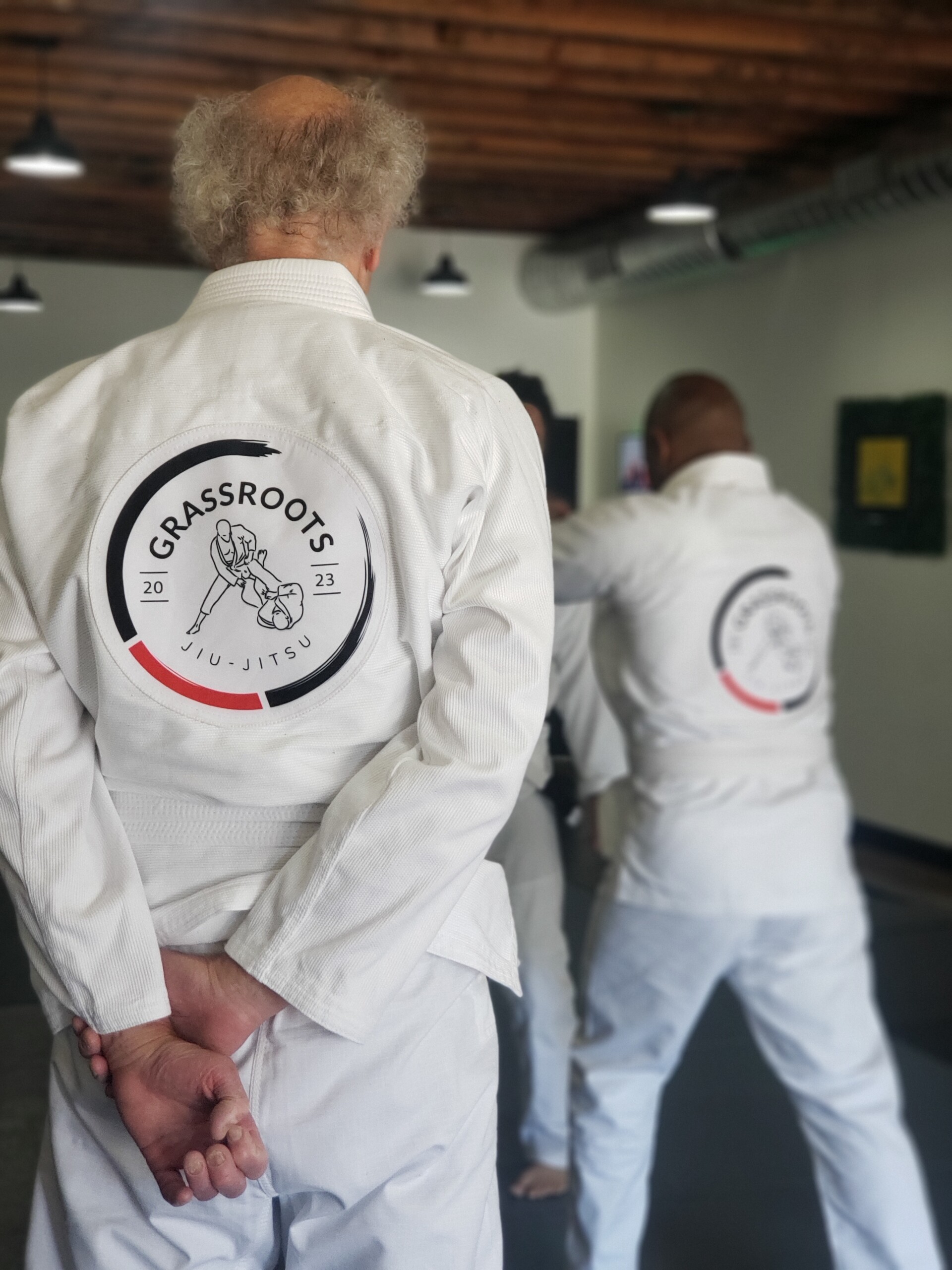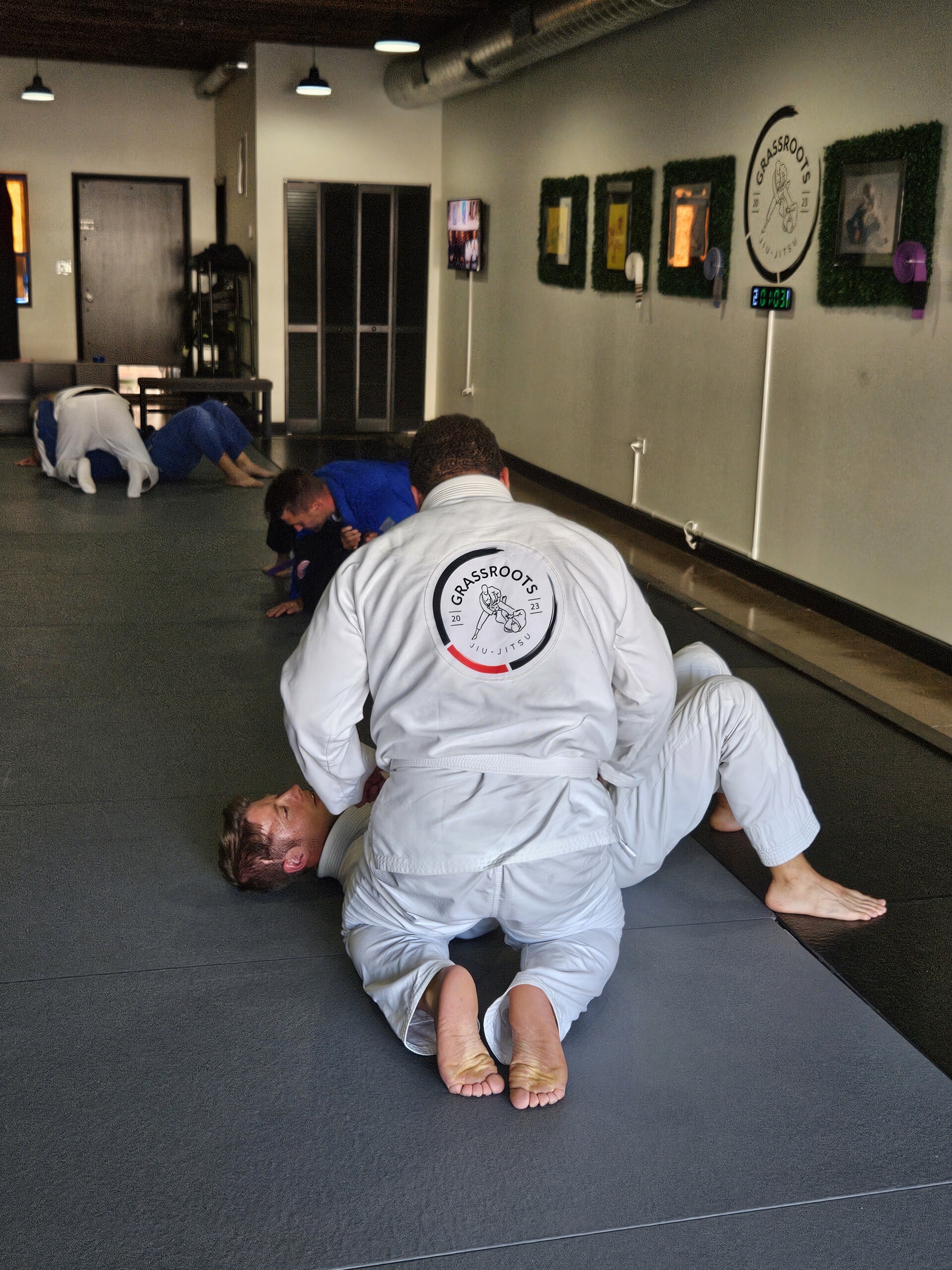by Jordan Shannon
Share
by Jordan Shannon
Share
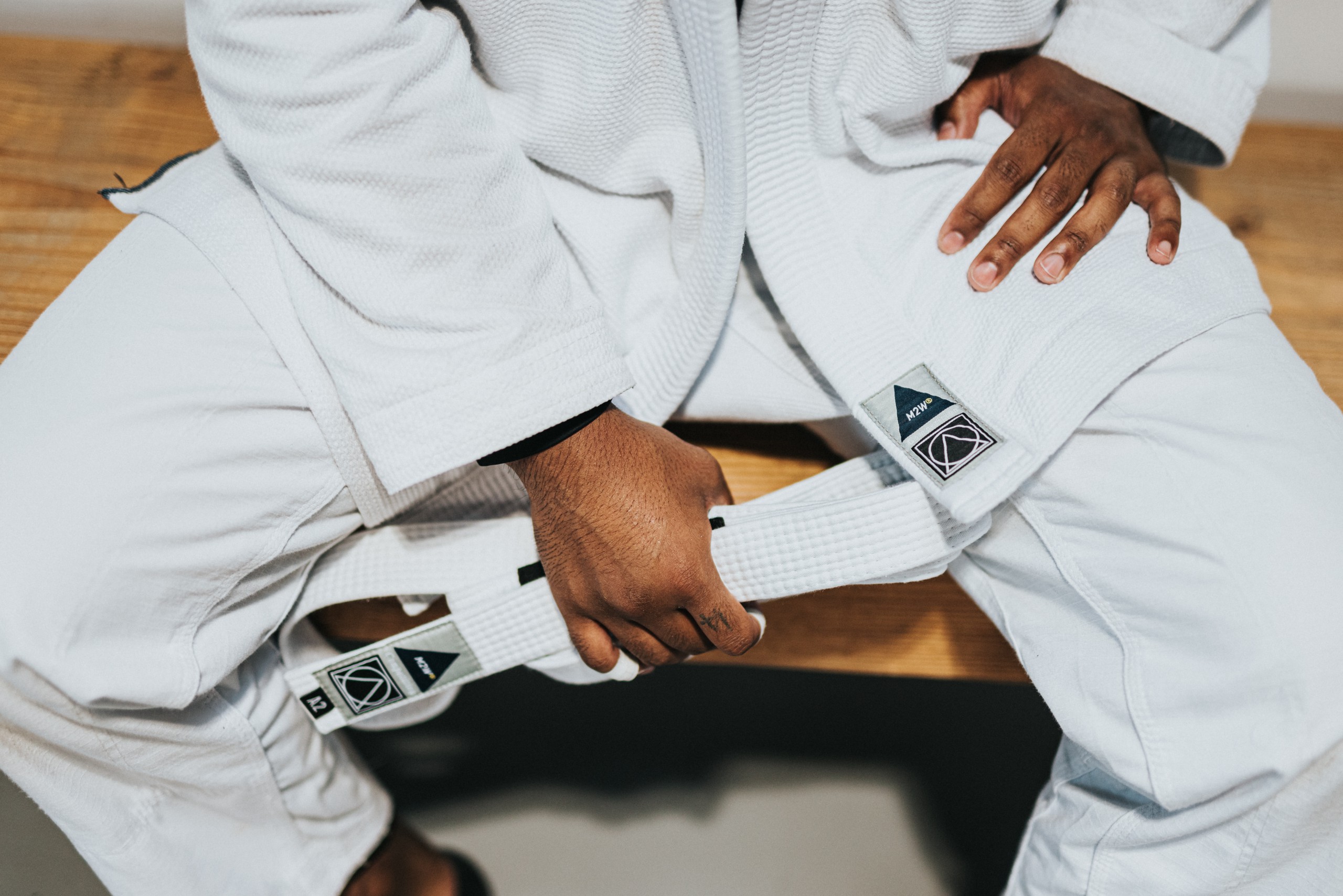
A common question my newer students at Grassroots Jiu-Jitsu and Fitness often ask is what can be done outside of class hours and off of the mat to aid in continued improvement of their jiu-jitsu. Life gets busy with school, work, and other obligations that can take you away from that mat so it makes sense to want to have a way to maintain the gains you’re making and stay sharp. How you go about doing this can be completely different based on several individual factors including time limitations, physical limitations, and individual goals. Trying to tackle each scenario would take much more time and writing than I have time for at the moment, but I can give a few things that have helped me throughout the years and hopefully it can provide some insight on how to stay sharp and keep the mat gains going even when you can’t be in the gym as much as you may like.
Strength & Conditioning
It may not be the answer you want to hear, but honestly, some of the best advice you can get hands down is that the best strength and conditioning you can do for jiu-jitsu is more jiu-jitsu. This would be true for most sports. The best conditioning you do is going to be specific to your sport. But, we all have days off of the mat where we can still utilize the time we have.
While I believe proper and efficient technique is 100% the most important factor to jiu-jitsu success, I also think that with all things being equal the little extras will always make the difference. With that I mind, I’m a firm believer in both strength and cardiovascular training outside of the gym.
Strength training will first ensure you develop the ligament and joint strength to aid in preventing injury in jiu-jitsu. And of course, the brute physical strength and explosive power you can develop with a dedicated lifting routine is not to be overlooked! Again, this post isn’t meant to get into specific routines as you can do the further research that fits your specific goals, but 2-3 days per week of strength training will go far in improving your durability and performance on the mat.
I’m also a firm believer in cardiovascular work outside of the gym. Again, the best cardio for jiu-jitsu is more jiu-jitsu, but roadwork (or treadmill work) helps. Finding time outside the gym for extra cardio of any kind will only benefit. Short bursts of cardiovascular output will build your anaerobic capacity which is needed for those explosive scrambles you may often find yourself in, while long moderate intensity cardio training will aid in your cardiovascular recovery, endurance, and even mental conditioning. I recommend you find a form of cardio that you like. While I enjoy running, you can also make use of stairs, rowing, biking or anything else that will get the heart and lungs working.
It’s a common joke to refer to jiu-jitsu as “involuntary yoga”, but actual yoga should not be overlooked. And by this I just mean making attention to your flexibility and mobility a priority which will go a long way towards injury prevention. I can tell you from experience that a flexible guard is an incredibly tough guard to pass, so it can only benefit you to try your level best to improve in that area.
While strength, cardio, and flexibility training have direct immediate effects on your jiu-jitsu performance, they are also great for overall health and wellness so while you will definitely feel the benefits on the mat, you will also reap benefits and feel better overall in everyday life. It’s a win all around.
Videos, Books, & Other Research
I would recommend that when you find something that you like, you dig a little deeper to explore it. If you enjoy half-guard, trust me there are tons of resources to help you improve it. If you enjoy leg locks, there is endless material to improve. There is no shortage of resources for any area of your game you would like to improve or expand so there is no excuse to not continue to educate yourself off of the mat. Whether you prefer the variety of books or video instructionals available is up to you and your preferred way of learning.
All print or online educational resources are not created equal, so I would definitely advise that you do your due diligence, read reviews, and ensure that what you are learning and who you are learning it from is reputable. It’s fun to joke about “YouTube” jiu-jitsu, but you actually can find good info if you look hard enough. You can also learn a lot from watching competition and rolling breakdowns. It gives you an idea of a competitor’s thought process and why they make specific decisions during a roll.
I feel that I should add that no point should you put what you are learning from any outside material above what you are actually learning within your academy. You’re paying for professional experienced instruction and a lot of times your instructor knows where you need help the most so prioritize those techniques and classes.
Listening to or reading jiu-jitsu theory and lifestyle material can also be helpful and enjoyable. These can be great resources for learning different training methodologies, important history, interviews with your favorite personalities, and keeping up with the latest news within the sport. This can be an easy way to further educate yourself about the sport you love on your work breaks, during a workout, or a car ride home. Just as I suggested with instructionals, with the amount of material that’s available you may have to dig through a few of the options until you find one that connects with you.
Don’t Forget to Rest!
Finally, I cannot stress enough the importance of jiu-jitsu free rest. That may sound insane to someone new to the sport, as training may be taking up the majority of your time and thoughts but trust me, rest and recovery away from jiu-jitsu does wonders. For years, my rest day has been Sunday’s. On Sunday I try not to do anything jiu-jitsu related. Even now, as an academy owner, I maintain this day off. It serves two purposes. First, it gives my body time to rest after consecutive days of training and teaching. And, it also gives me anticipation and renewed energy to get back to it in the new week. As much as you may want to train 7 days a week there are no downsides to taking a rest as long as you find your way back.
One thing that I try to advise my students is to always make sure they are enjoying other things outside of jiu-jitsu. Whether it’s time with the family or other hobbies. I remind them that the gym is always going to be here, so if you have things to do outside of it don’t worry about missing a day. Jiu-jitsu for most people is an outlet to stay in-shape, socialize, or scratch a competitive itch. With this in mind, it shouldn’t feel like a job or just another tough part of the day to get through. Allowing yourself 1 day to disconnect from jiu-jitsu will ensure you’re refreshed and ready when back on the mats! This balance will also go far in helping you avoid early burnout. The journey to black belt is long and you will have plenty of mat time, so don’t think you have to spend every free second in the gym. Enjoy all parts of your life and just let jiu-jitsu be a part of it.
As with all of my posts, these are just my opinions and those of others may differ of course. I believe that there may be endless ways to continue growth and improvement in your game while off the mat, but these are just what I have found helpful in my personal experience and recommend to my students at Grassroots Jiu-Jitsu and Fitness. If you’re reading this and have any other tips to add, feel free to message me!
READY TO GET STARTED?
